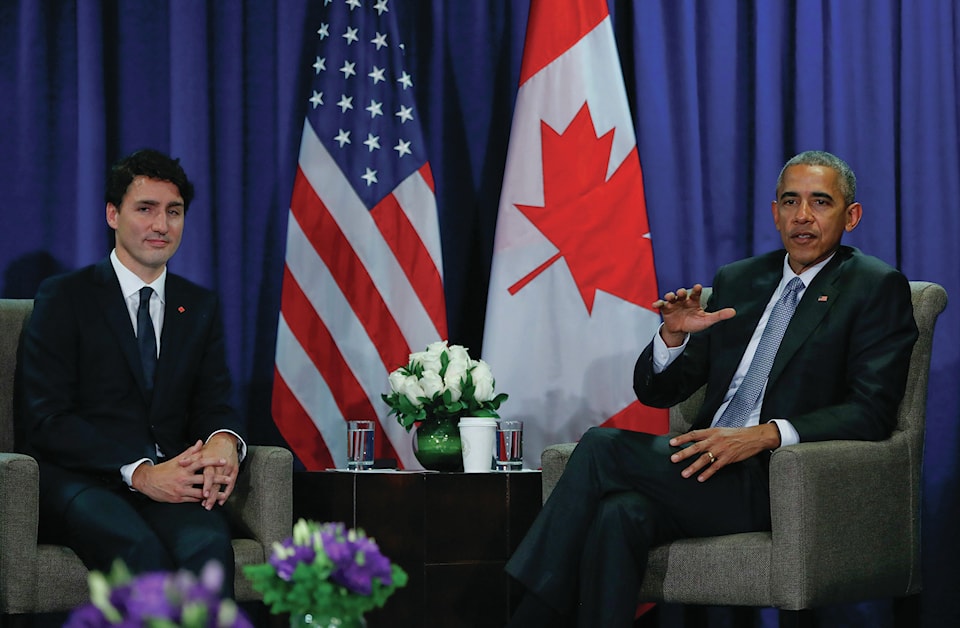LIMA, Peru — Prime Minister Justin Trudeau and leaders from 20 other Asia and Pacific nations are looking to put a softer face on trade in an effort to counter rising anti-globalization sentiments.
Today’s closed-door meetings at the APEC leaders’ summit in Peru are a direct response to the anti-trade rhetoric coming out of the United States in the wake of Donald Trump’s election victory, and from Britain after its vote to leave the European Union.
The executive director of the APEC secretariat says the leaders will try to figure out how to implement what he calls “soft globalization” — another way of saying inclusive and sustainable growth that is the theme of this year’s summit.
Alan Bollard says it’s easy to speak the words, but putting the idea into practice is quite complex.
That leaves Trudeau and the other leaders at the Lima summit with the difficult task of convincing Trump and his followers that trade can be good for domestic and global economies.
Trudeau isn’t scheduled to speak with reporters about his time at the summit until it officially wraps up this evening.
Trudeau has had closed-door meetings with other world leaders involved in trade deals with Canada during the APEC summit in the Peruvian capital. Foreign Affairs Minister Stephane Dion and Trade Minister Chrystia Freeland have also met with their counterparts, U.S. congressional staffers and business leaders to tout Canada as a pro-trade government.
The focus of the summit has been on the future of the Trans-Pacific Partnership, a trade deal that would open up trade among 12 Pacific Rim nations encompassing nearly 40 per cent of the world’s GDP, including Canada, Mexico, Japan and the United States.
Trump has vowed to pull the U.S. out of the deal, a move that would effectively kill the agreement that U.S. President Barack Obama touted as a counterbalance to China’s growing economic sway in the Asia-Pacific region.
Bollard says nations are also keeping a close eye on the future of the North American free trade deal because Trump has also taken aim at the pact, saying he wants a better deal from Canada and Mexico or else he’ll move to kill NAFTA.
Trudeau met with Mexican president Enrique Pena Nieto Saturday night where NAFTA and the TPP were to be on the agenda.
Earlier Saturday at the summit, Pena Nieto said that NAFTA could be modernized to benefit Mexico and the United States.
“Let’s modernize NAFTA so that it becomes a more powerful vehicle and a more modern vehicle that will truly allow us to consolidate our countries in this strategic partnership of Mexico and the United States and Canada,” Pena Nieto said.
“A more productive region and more competitive region.”
